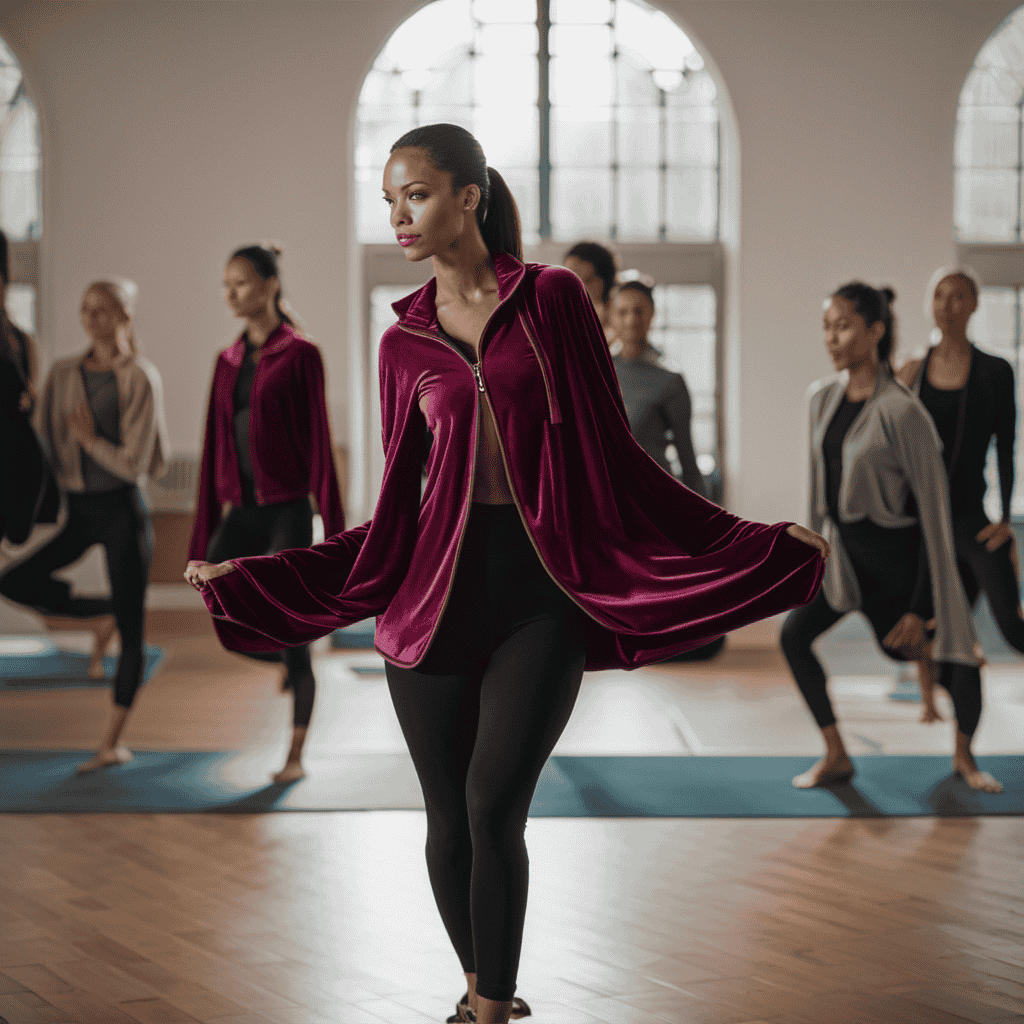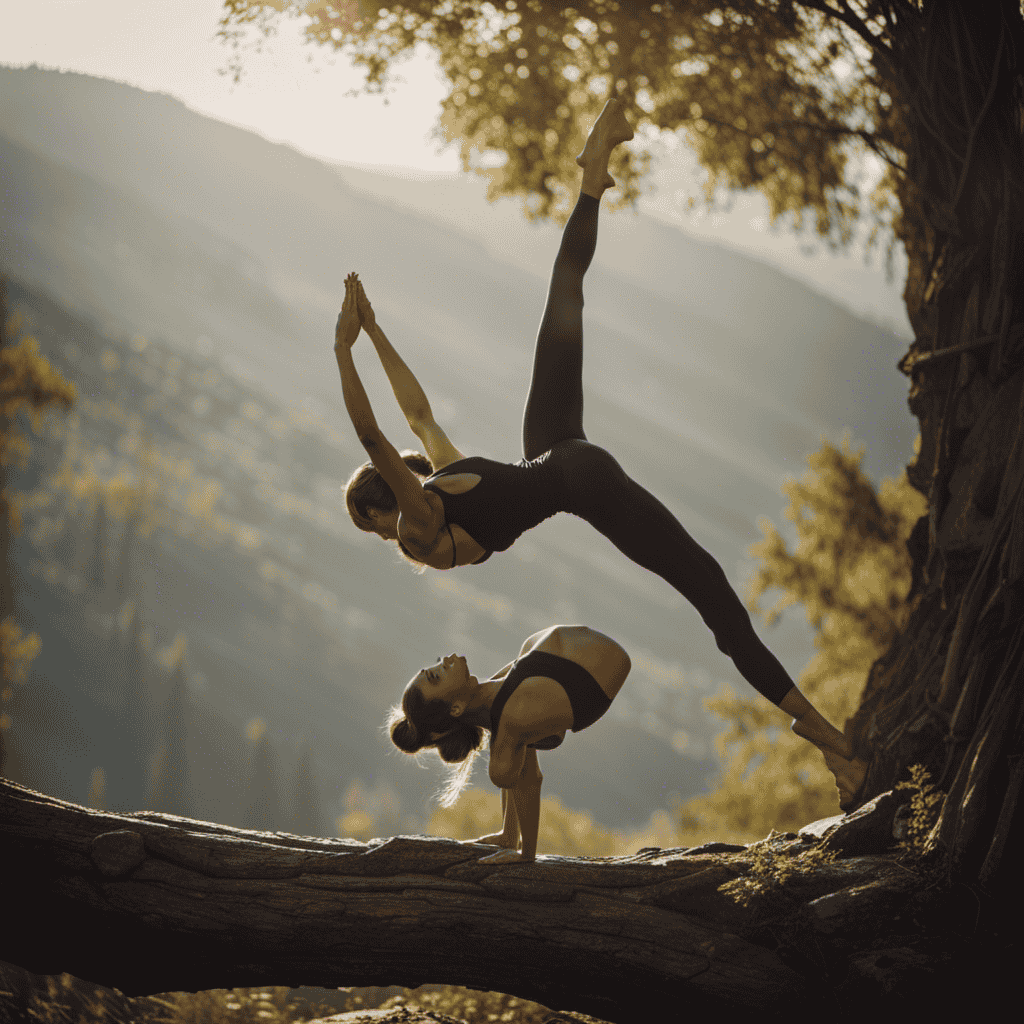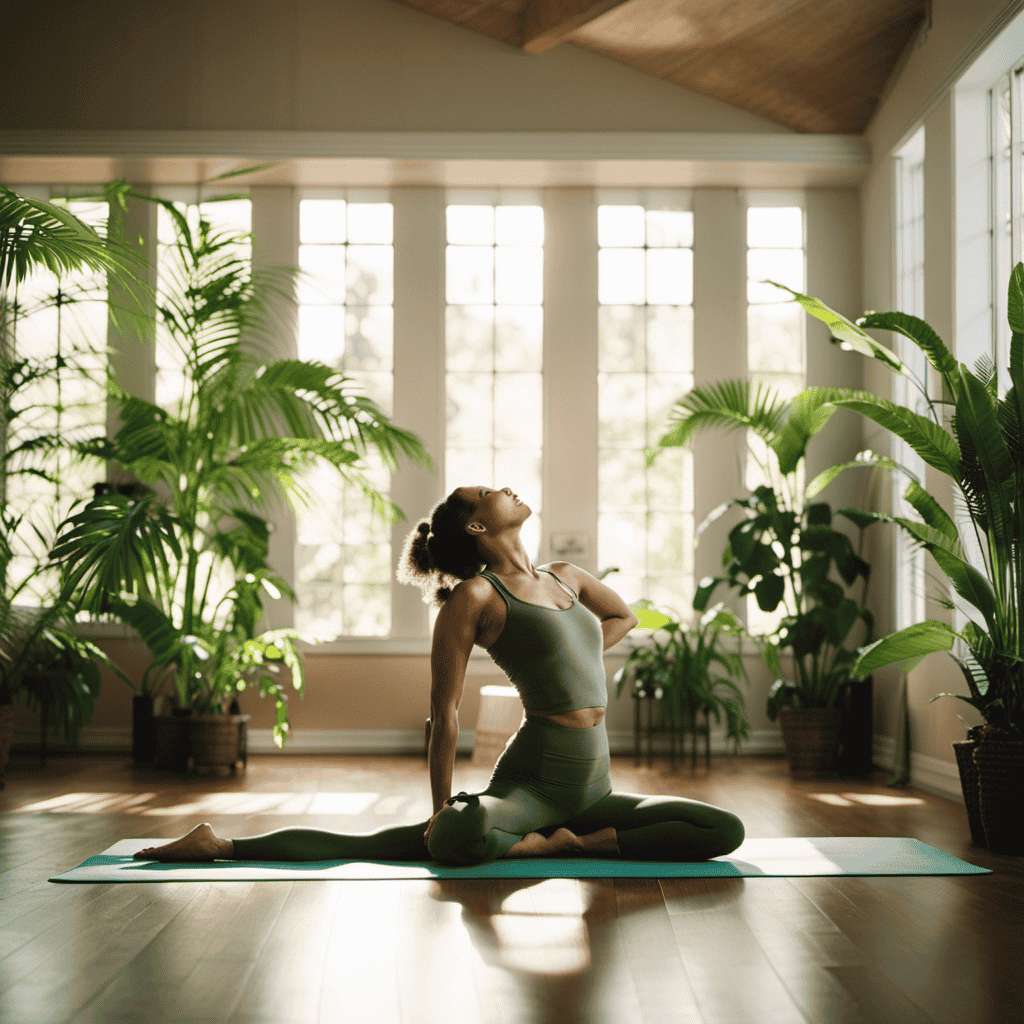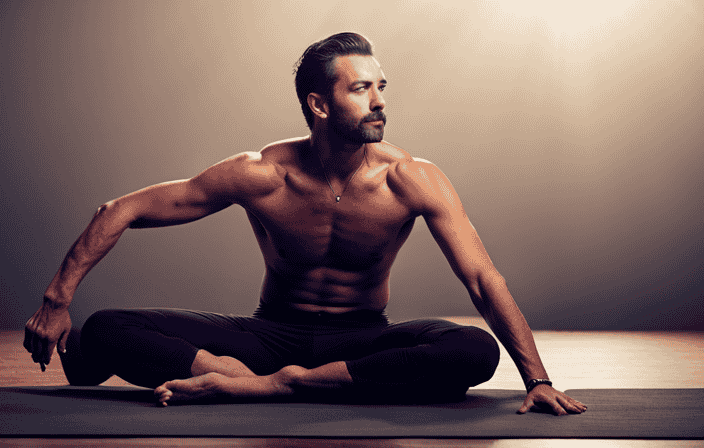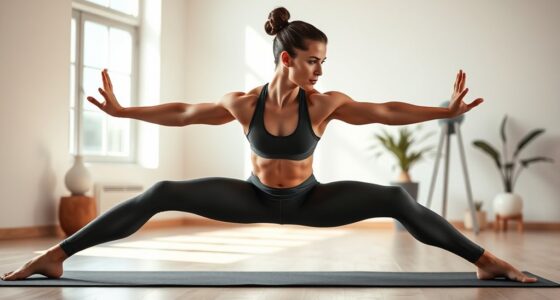Picture this: at the end of a busy, exhausting day, all you want is to feel a sense of calm and serenity. You yearn to release the stress and tension accumulated in your body and mind.
Enter Yin Yoga and Restorative Yoga, two styles of yoga that can help you achieve exactly that. In this article, we will explore the art of serenity through these practices, delving into their differences, benefits, and how they can guide you towards a state of deep relaxation and rejuvenation.
Let’s embark on this journey to discover the transformative power of Yin Yoga and Restorative Yoga.
Key Takeaways
- Yin Yoga focuses on practicing poses without muscular effort and targeting connective tissues.
- Restorative Yoga uses props to elicit rest and relaxation, with majority of postures lasting for 10-20 minutes.
- Both Yin Yoga and Restorative Yoga aim to put you in a more serene state and encourage listening to your body’s needs.
- Both styles have benefits for the mind and body, promote inner peace and tranquility, and can be practiced by individuals of various fitness levels.
What’s the Difference?
In my opinion, the main difference between Yin Yoga and Restorative Yoga is that Yin Yoga focuses on bypassing muscles and targeting connective tissues, while Restorative Yoga uses props to elicit rest and relaxation.
Yin Yoga is a practice that involves letting go of effort and concerns, practicing poses without muscular effort, and holding poses for longer durations to target stiffer tissues.
On the other hand, Restorative Yoga focuses on relief and ease, with majority of postures lasting for 10-20 minutes and the use of props to support and provide rest under any part of the body.
Both Yin Yoga and Restorative Yoga have their own unique benefits, such as promoting inner peace and tranquility, improving the response of the nervous system, and offering strategies for mental and physical relaxation.
To incorporate Yin Yoga and Restorative Yoga into your practice, you can start by exploring longer hold times, using props such as blocks, blankets, and bolsters, and practicing mindful awareness of the body’s needs.
Effort and Thoughts
During Yin Yoga and Restorative Yoga, I focus on releasing effort and letting go of any concerns or thoughts.
In Yin Yoga, the practice involves letting go of muscular effort and bypassing deeper connective tissues. The poses are held for longer durations, allowing for the release of stiffer tissues. There is no warming up of the fascia and ligaments, as the focus is on the Yin tissues.
In Restorative Yoga, the emphasis is on relief and ease. The majority of postures last for 10-20 minutes, and props such as blankets are used to elicit rest under any part of the body. Both styles use props to support and extend the body in various poses.
The intention is to promote inner peace and tranquility, and to encourage listening to the body’s needs.
Time, Temperature, and Environment
I prefer practicing Yin Yoga in non-heated rooms and holding poses for 3-5 minutes. This allows me to bypass my muscles and target my deeper connective tissues, promoting flexibility and release.
Unlike Restorative Yoga, which uses props to elicit rest and relaxation, Yin Yoga focuses on the art of serenity through longer hold times and minimal effort.
The impact of temperature on yoga practice is significant. While Restorative Yoga can be practiced in any environment, Yin Yoga is usually practiced in non-heated rooms. The absence of heat allows me to focus on the internal sensations and connect with my body on a deeper level.
Additionally, practicing Yin Yoga in a non-heated room gives my connective tissues the time they need to become flexible, enhancing the overall benefits of this relaxation technique.
Duration and Props
Props such as blocks, blankets, and bolsters are utilized to support and enhance the duration of my practice in both Yin Yoga and Restorative Yoga. These props play a crucial role in providing comfort and relaxation, allowing me to hold poses for longer periods of time. In Yin Yoga, props are used to assist in heart-opening and hip-opening poses, while in Restorative Yoga, they are used to elicit rest and relaxation under any part of the body. By using props, I am able to find support and extension in my practice, helping me to deepen my stretches and find a sense of ease. The benefits of longer hold times in both Yin Yoga and Restorative Yoga include increased flexibility in the connective tissues, improved joint mobility, and a greater sense of mental and physical relaxation.
| Props in Yin Yoga | Props in Restorative Yoga |
|---|---|
| Blocks | Blankets |
| Blankets | Bolsters |
| Bolsters | Blocks |
| Straps | Straps |
| Props for heart-opening and hip-opening poses |
Function and Benefits
The function of both styles is to promote inner peace and tranquility and offer strategies for mental and physical relaxation.
Yin Yoga and Restorative Yoga both provide a space for individuals to find serenity and cultivate a sense of calm. These practices have a profound impact on the nervous system, helping to reduce stress and anxiety.
By holding poses for longer durations, Yin Yoga and Restorative Yoga encourage mental mastery and the development of mindfulness. They offer a mindful practice that nurtures both the mind and body, allowing for increased tranquility and a deeper connection to oneself.
Both styles prioritize listening to the body’s needs and provide strategies for physical relaxation.
Ultimately, Yin Yoga and Restorative Yoga can be beneficial for individuals of various fitness levels, allowing everyone to find their own path towards inner peace and mental well-being.
Frequently Asked Questions
Can Yin Yoga and Restorative Yoga be practiced by beginners?
Yes, Yin yoga and restorative yoga can be practiced by beginners. Both styles offer modifications for beginners to ensure a safe and comfortable practice. It’s important to start with shorter hold times and use props for support and relaxation.
Are there any specific poses or postures that are unique to Yin Yoga or Restorative Yoga?
While there are no specific poses unique to Yin Yoga or Restorative Yoga, the main difference lies in their approach. Yin Yoga targets connective tissues, while Restorative Yoga uses props for relaxation.
How does practicing Yin Yoga or Restorative Yoga benefit the mind and body?
Practicing yin yoga or restorative yoga benefits the mind and body by enhancing the mind-body connection and improving flexibility and mobility. Both styles promote inner peace, relaxation, and listening to the body’s needs.
Can Yin Yoga or Restorative Yoga help with stress and anxiety?
Yin yoga and restorative yoga can help with stress and anxiety by promoting overall well-being. The benefits include relaxation, improved mental clarity, and reduced tension in the body. Breathwork plays a vital role in both practices, enhancing their calming effects.
Are there any contraindications or precautions that need to be considered before practicing Yin Yoga or Restorative Yoga?
Before practicing Yin Yoga or Restorative Yoga, it is important to consider any contraindications or precautions. Certain conditions such as injuries, pregnancy, or certain medical conditions may require modifications or avoidance of certain poses. Consulting with a qualified instructor is recommended.
Conclusion
In conclusion, practicing Yin Yoga and Restorative Yoga can be like floating on a calm and gentle river, each with its own unique current.
Yin Yoga invites us to release our struggles and dive deep into stillness, targeting our innermost layers.
Restorative Yoga, on the other hand, wraps us in a comforting embrace, using props to support complete relaxation.
Both styles offer a pathway to serenity, allowing us to find peace within ourselves.
So, whether you choose to surrender to the depths or find solace in gentle support, these practices can guide you towards tranquility and rejuvenation.

